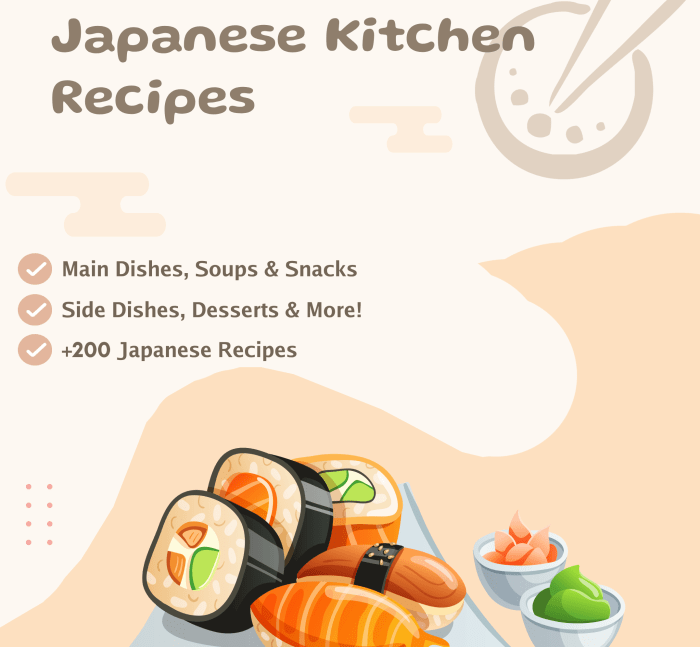Introduction

How to cook japanese style alimentary paste – Alimentary paste, commonly known as pasta, is a staple in many households around the world. However, cooking pasta in Japanese style can bring a unique and delicious twist to this classic dish. In this article, we will explore the tips and techniques for cooking Japanese style alimentary paste to perfection.
What is Japanese Style Alimentary Paste?
Japanese style alimentary paste is a variation of pasta that incorporates Japanese flavors and ingredients. It often includes elements such as miso, soy sauce, seaweed, and bonito flakes to create a savory and umami-rich dish.
Tips for Cooking Japanese Style Alimentary Paste
1. Use high-quality Japanese noodles such as udon, soba, or ramen for an authentic taste.
2. Cook the noodles according to package instructions, but slightly undercook them for a firmer texture.
3. Incorporate Japanese seasonings like soy sauce, mirin, and dashi broth for a flavorful broth.
4. Add toppings such as sliced scallions, nori, sesame seeds, and soft-boiled eggs for added texture and flavor.
5. Experiment with different combinations of ingredients to create your own unique Japanese style pasta dish.
What is Known About Japanese Style Alimentary Paste?
Japanese style alimentary paste is known for its rich flavors, umami taste, and comforting warmth. It is a popular comfort food in Japan and is often enjoyed during cold weather or as a quick and satisfying meal.
Solution for Perfect Japanese Style Alimentary Paste
To achieve the perfect Japanese style alimentary paste, it is essential to pay attention to the quality of ingredients, cooking techniques, and flavor balance. By following the tips and guidelines Artikeld in this article, you can create a delicious and authentic Japanese pasta dish that will delight your taste buds.
Detail Information on Cooking Japanese Style Alimentary Paste
When cooking Japanese style alimentary paste, it is important to start with a flavorful broth or sauce as the base. This can be achieved by simmering ingredients such as miso, soy sauce, mirin, and dashi broth together to create a rich and aromatic flavor profile.
Next, cook the noodles according to package instructions, making sure to slightly undercook them to maintain a firm texture. Once the noodles are cooked, drain them and rinse with cold water to stop the cooking process and prevent them from sticking together.
Finally, assemble your dish by placing the cooked noodles in a bowl and pouring the hot broth over them. Add your desired toppings such as sliced scallions, nori, sesame seeds, and soft-boiled eggs to complete the dish.
Conclusion
In conclusion, cooking Japanese style alimentary paste is a delicious and satisfying way to enjoy pasta with a unique twist. By following the tips and techniques Artikeld in this article, you can create a flavorful and authentic Japanese pasta dish that will impress your friends and family.
When it comes to decorating the wall opposite a window, there are several creative ideas you can try. One popular option is to hang a large mirror to reflect natural light and make the room appear more spacious. Alternatively, you can create a gallery wall with a mix of artwork and photographs to add personality to the space. For more tips on how to decorate the wall opposite to a window, check out this helpful guide: how to decorate wall opposite to window.
FAQs: How To Cook Japanese Style Alimentary Paste

1. Can I use regular pasta noodles for Japanese style alimentary paste?
While you can use regular pasta noodles, it is recommended to use authentic Japanese noodles for a more authentic taste.
When decorating the wall opposite a window, it’s essential to consider the natural light coming in. To create balance, use light-colored paint or wallpaper to reflect the light. Hang a mirror to amplify the natural light and make the room feel more spacious. Incorporating artwork or shelves can also add visual interest without blocking the light. For more tips on how to decorate the wall opposite to a window, check out this helpful guide: how to decorate wall opposite to window.
2. Are there vegetarian options for Japanese style alimentary paste?
Absolutely! You can use vegetable broth and soy-based protein such as tofu to create a delicious vegetarian version of Japanese style pasta.
3. How can I make the broth for Japanese style alimentary paste?
You can make the broth by combining ingredients such as miso paste, soy sauce, mirin, and dashi broth in a pot and simmering until well combined.
4. Can I add meat to Japanese style alimentary paste?
Yes, you can add cooked meat such as chicken, beef, or pork to Japanese style pasta for added protein and flavor.
5. What are some other traditional Japanese toppings for alimentary paste?
Other traditional Japanese toppings include fish cakes, bamboo shoots, and pickled vegetables to add a variety of textures and flavors to the dish.
